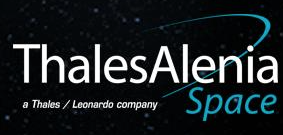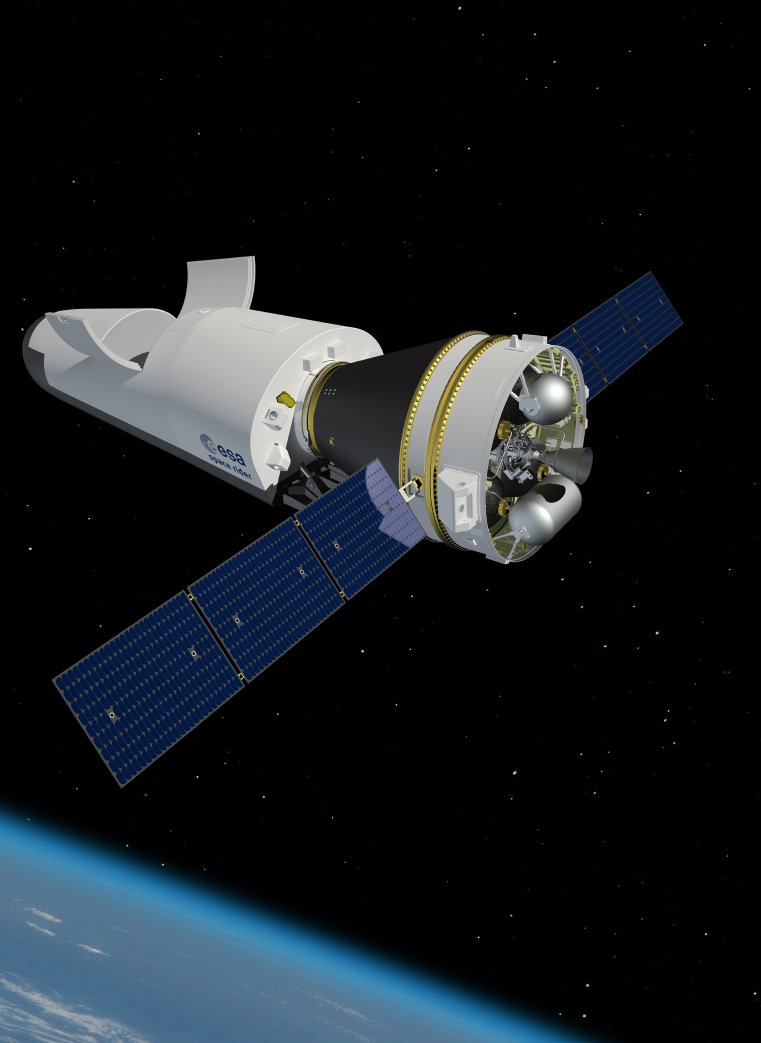
“For Europe, Space Rider represents a major step forward in our reentry vehicle road map,” said Donato Amoroso, CEO of Thales Alenia Space Italy. “It will be reusable, paving the way to larger and more challenging applications, including reusable stages, point-to-point flights, spaceplanes and even space tourism. The contract signed today confirms Thales Alenia Space’s leading role in atmospheric reentry, since it combines the capabilities of orbital free-flying satellite platforms with reusability.”

A successor to the IXV reentry demonstrator, Space Rider is Europe’s next-generation reusable transportation system for low Earth orbit
Thales Alenia Space (Thales 67 percent, Leonardo 33 percent), with ELV (European Launch Vehicle - 70 percent Avio SpA, 30 percent ASI) as co-contractor, has signed a contract with the European Space Agency (ESA) for the engineering and preliminary development of the automated reusable Space Rider transportation system, designed for deployment by the new Vega C light launcher into low Earth orbit (LEO).
The goal of Space Rider is to provide Europe with an affordable, independent, reusable end-toend integrated space transportation system for unmanned missions and for routine access and return from low orbit. It will be used to transport a variety of payloads into different LEO altitudes and inclinations.
Featuring a lifting body configuration, Space Rider is designed as a free-flying orbital platform, capable of remaining two months in orbit, safely reentering the atmosphere and landing. It can be recovered along with its payload, refurbished, and reused for up to six missions. It combines the characteristics of a space system designed for scientific experiments in low Earth orbit with those needed for guidance outside the atmosphere and through an automated landing, including microgravity experiments, in-orbit validations, testing of science and exploration technologies, etc., plus payload recovery on the ground for examination and retesting.
It follows ESA’s Intermediate eXperimental Vehicle (IXV) which on 11 February 2015 performed a flawless suborbital flight with atmospheric reentry and sea landing.
Leading a consortium of European manufacturers, research centers and universities, Thales Alenia Space is responsible for the development of the reentry module (RM), derived from the IXV. ELV is in charge of the development of the service module, derived from the Vega C upper stage AVUM (Attitude and Vernier Upper Module). The partners in this new program are capitalizing on the lessons learned from the IXV, which enjoyed strong support from the Italian space agency ASI.

